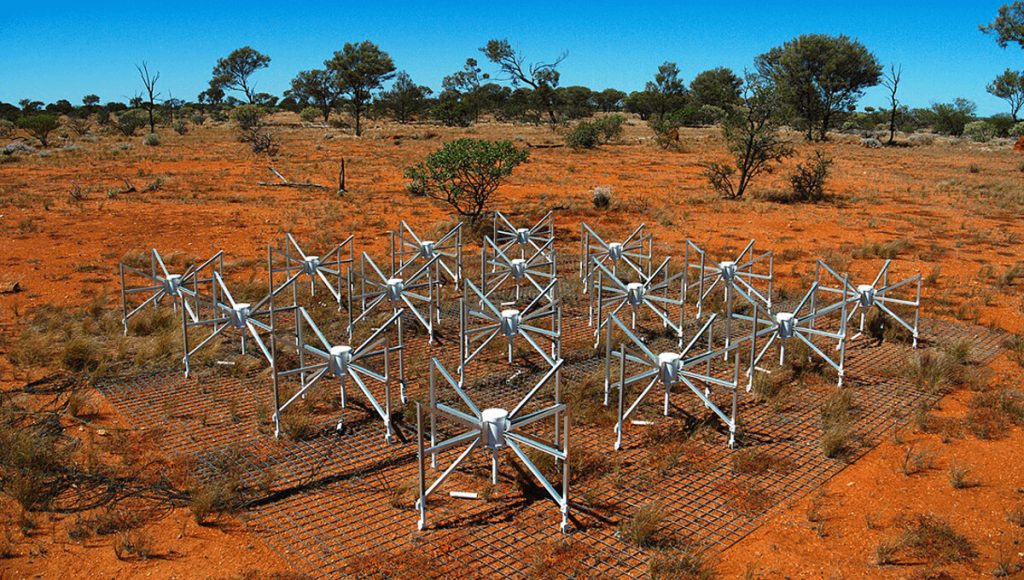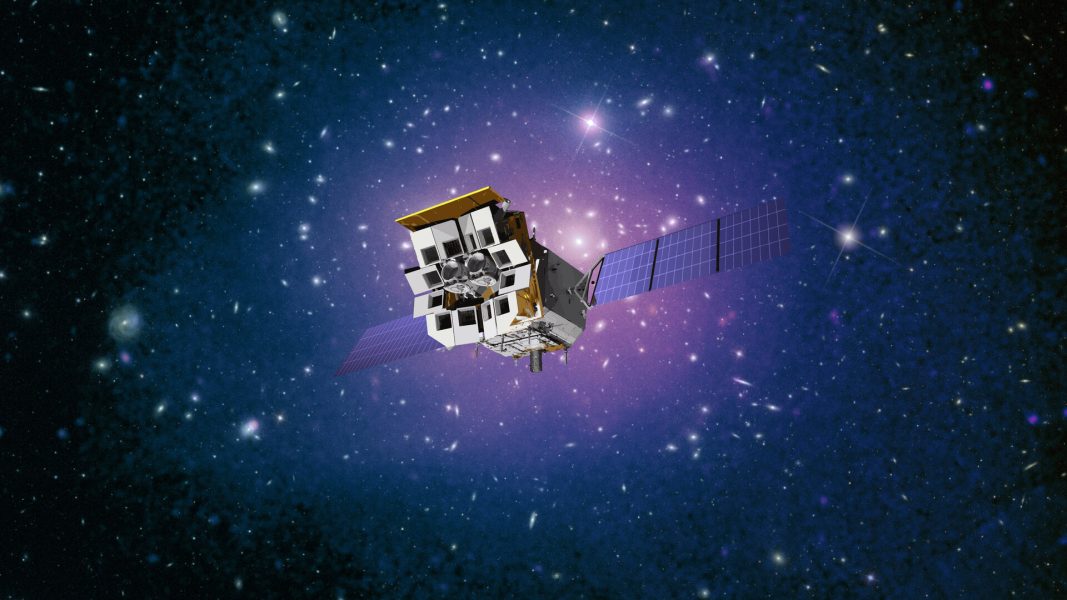Astronomers Puzzled By TV Signals Coming From The Sky For 5 Years Solve Mystery – IFLScience

CLOSEWe have emailed you a PDF version of the article you requested.Please check your spam or junk folder You can also addnewsletters@iflscience.comto your safe senders list to ensure you never miss a message from us.CLOSEComplete the form below to listen to the audio version of this articleListenCancel and go backIFLScience needs the contact information you provide to us to contact you about our products and services. You may unsubscribe from these communications at any time.For information on how to unsubscribe, as well as our privacy practices and commitment to protecting your privacy, check out ourPrivacy PolicyAdvertisement GO AD FREE!ACCOUNTSIGN INSIGN OUTSearchBecome anIFLScience memberMY ACCOUNTTHE VAULTMY ACCOUNTTHE VAULTMAGAZINESIGN OUTJames FeltonJames FeltonSenior Staff WriterJames is a published author with four pop-history and science books to his name. He specializes in history, strange science, and anything out of the ordinary.BookView full profileBookRead IFLScience Editorial PolicySenior Staff WriterMaddy ChapmanEditor & WriterMaddy is an editor and writer at IFLScience, with a degree in biochemistry from the University of York.BookView full profileBookRead IFLScience Editorial PolicyDOWNLOAD PDF VERSIONA prototype instrument for the Murchison Widefield Array.Image credit: Natasha Hurley-Walker/Wikimedia Commons (CC BY-SA 3.0) – croppedDOWNLOAD PDF VERSIONA team of astronomers looking at data from the Murchison Widefield Array radio telescope in Western Australia were met with a bit of a puzzle recently. The telescope, designed to look at radio signals that have traversed space for over 13 billion years, appeared to have found a… television signal. ADVERTISEMENT GO AD FREEThis was weird, as the telescope is in a designated radio quiet zone established by the Australian government precisely to stop interference with radio astronomy in that region of Western Australia. That’s why the particular location for the telescope was chosen. And yet, over the course of five years, the television signal persisted. Stranger still, the astronomers looking at the data noticed that the signal was moving across the sky. So what are we looking at? Aliens reflecting back our own TV signals, a la Contact? Cloud-dwelling humans watching Home & Away reruns? “It then hit us,” Jonathan Pober, a physicist at Brown University and the US research lead for the Murchison Widefield Array project, said in a statement. “We said, ‘I bet the signal is reflecting off an airplane.’ We’d been seeing these signals for close to five years, and several people had suggested they were airplanes reflecting television broadcasts. We realized we might actually be able to confirm this theory for once.”Unwanted interference like this contaminates astronomical data. Imagine trying to listen to a friend talking quietly from the opposite end of a dinner table, while your toddler screams into your ear. When telescopes pick up such signals, it may mean they have to throw out those observations, as it’s difficult to separate out what you actually want to study from the interference.”It ends up being insane amounts of data being thrown out to not have any part of the observation contaminated,” Brown PhD student Jade Ducharme added.ADVERTISEMENT GO AD FREEIn a new study, the team attempted to pinpoint a source of interference, and, in the process, determine whether it was planes that had been causing it as they guessed. To do so, they used near-field corrections, essentially adjusting the telescope to focus on closer objects, and beamforming, a technique to sharpen focus on nearby sources of interference.”Using beamforming in combination with the near-field corrections […] allows us to efficiently obtain an estimate for the altitude of a near-field radio-emitting object such as an airplane or a satellite,” the team explained in their study.”For our target observation, this technique allowed us to estimate the object’s average altitude to approximately 11.7±0.1 km [7.3±0.06 miles], suggesting its likely classification as an airplane since a plane’s cruising altitude can vary between 9.4 and 11.6 km [5.8 and 7.2 miles],” the team added. “To further support this hypothesis, we used the angular displacement as a function of time in combination with the measured altitude to calculate its speed, which we find to be 792±1 km/h [492±0.6 miles per hour], also consistent with an airplane’s cruising speed.”On top of this, the team found that the frequency band of the reflected signal was associated with Australian digital TV Channel 7. Unfortunately, due to a lack of flight logs, they were unable to pinpoint the exact plane.ADVERTISEMENT GO AD FREE“This is a key step toward making it possible to subtract human-made interference from the data,” Jonathan Pober added. “By accurately identifying and removing only the sources of interference, astronomers can preserve more of their observations, reduce frustrating data loss and increase the chances of making important discoveries.”While cool that they can pinpoint the source of interference, the real goal is to be able to remove signals being reflected off planes, leaving the useful astronomy data behind. The team aims to do this, as well as extend it to satellite-reflected interference. However, as the number of satellites in orbit grows, along with Earth-bound interference, astronomers are beginning to wonder whether we might have to shift radio astronomy to a quieter environment like the Moon.”If we can’t find a quiet sky on Earth, maybe Earth isn’t the place to be,” Pober added. “No matter what we do, we have no choice but to invest in better data analysis techniques to identify and remove human-generated interference.”The study is published in Publications of the Astronomical Society of Australia.airplanes,mysteries,interference,Astronomy,Radio astronomylink to articlelink to articlelink to articleAdvertisement Advertisement Advertisement link to articlelink to articlelink to articleReceive weekly science coverage direct to your inbox© 2025 IFLScience. All Rights Reserved. RSS





